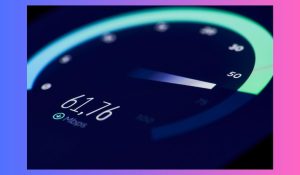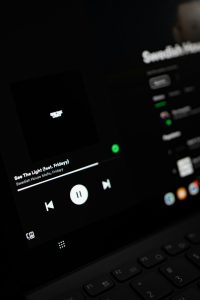
In a mobile-driven world, having a dedicated app for your WordPress website can be a game-changer. It enhances user experience, boosts engagement, and offers a convenient way for your audience to access your content. Flutter, a popular open-source UI software development kit created by Google, simplifies the process of converting your WordPress website into a mobile app. In this article, we’ll guide you through the steps to transform your WordPress website into a Flutter app.

Understanding Flutter
Before diving into the conversion process, let’s briefly understand what Flutter is and why it’s a suitable choice for building mobile apps:
Flutter is an open-source framework for building natively compiled applications for mobile, web, and desktop from a single codebase. It allows developers to create beautiful and highly performant apps with a consistent user interface across different platforms. Flutter uses the Dart programming language and offers a rich set of pre-built widgets that make it easy to build stunning user interfaces.
Prerequisites
Before you start converting your WordPress website into a Flutter app, you’ll need the following prerequisites:
1. A WordPress Website: Ensure your WordPress website is up and running with all the necessary content and features you want to include in your app.
2. Flutter Development Environment: Set up a Flutter development environment on your computer. You can find installation instructions in the official Flutter documentation.
3. WordPress REST API: Make sure your WordPress website has the REST API enabled. This API allows your app to fetch data from your website.
4. Basic Dart Knowledge: Familiarize yourself with the Dart programming language. While you don’t need to be an expert, a basic understanding will be helpful.

Steps to Convert Your WordPress Website to a Flutter App
Now, let’s walk through the steps to convert your WordPress website into a Flutter app:
1. Create a New Flutter Project
Start by creating a new Flutter project on your development environment. You can use the `flutter create` command to initialize a new project.
2. Design the User Interface
Design the user interface (UI) of your app using Flutter’s widgets. You’ll need to decide on the layout, navigation, and overall design of your app. Flutter provides a wide range of pre-built widgets for building UI components.
3. Fetch Data from WordPress
Use Flutter’s HTTP package or a WordPress API client package to fetch data from your WordPress website. The WordPress REST API allows you to retrieve posts, pages, categories, and other content. You’ll need to make HTTP requests to your WordPress website’s API endpoints to retrieve the necessary data.
4. Display WordPress Content
Once you’ve fetched data from WordPress, populate your app’s UI with the content. You can use Flutter widgets like `ListView`, `Card`, and `Text` to display posts, pages, and other content. Customize the appearance and layout to match your app’s design.
5. Implement Navigation
Create a navigation system for your app, allowing users to browse different sections and content. Flutter provides a `Navigator` widget and a `PageRoute` class for managing navigation between screens.
6. Add Interactivity and Features
Enhance your app by adding interactive features and functionalities. Consider features like user authentication, search, comments, and notifications, if applicable to your WordPress website.
7. Optimize for Mobile
Ensure that your app is optimized for mobile devices. Pay attention to factors like responsive design, performance, and user experience on smaller screens. Test your app on various Android and iOS devices to ensure compatibility.
8. Testing and Debugging
Thoroughly test your app on different devices and scenarios to identify and fix any bugs or issues. Flutter provides a robust set of debugging tools and libraries to aid in the debugging process.
9. Publish to App Stores
Once your Flutter app is complete and thoroughly tested, it’s time to publish it to app stores. You’ll need developer accounts with Apple App Store and Google Play Store to publish your app for iOS and Android, respectively. Follow the respective guidelines and requirements for app submission.
10. Maintenance and Updates
After launching your app, it’s important to regularly maintain and update it. Listen to user feedback, address bug reports, and consider adding new features and improvements over time.
Converting your WordPress website into a Flutter app is a feasible and rewarding endeavor. Flutter’s versatility, performance, and cross-platform capabilities make it a powerful choice for mobile app development. By following the steps outlined in this article and leveraging Flutter’s features, you can create a mobile app that enhances user engagement and provides a seamless experience for your audience.








